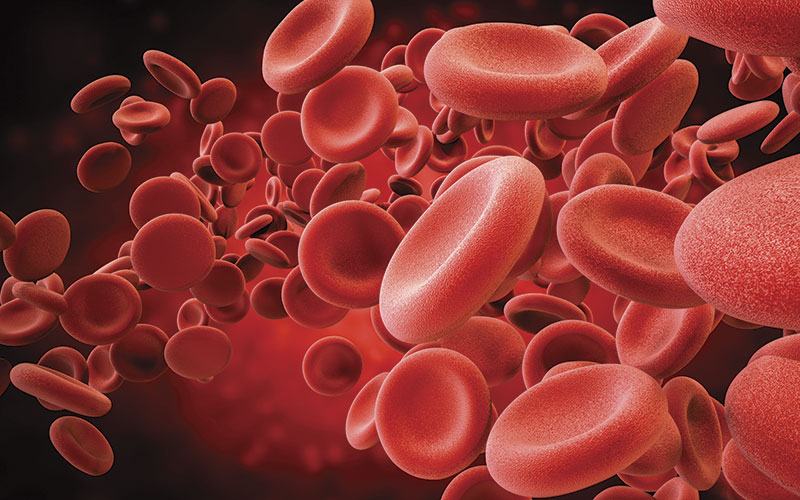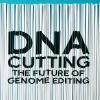A healthy adult makes about two million blood cells every second, and 99% of them are oxygen-carrying red blood cells.

The remaining one percent are platelets and the various white blood cells of the immune system.
How all the different kinds of mature blood cells are derived from the same “haematopoietic” stem cells in the bone marrow has been the subject of intense research over recent years.
However, most of the studies have focused on the one percent – the immune cells.
Camilla Forsberg, a Professor of Biomolecular Engineering, said: “It is a bit odd, but because red blood cells are enucleated and therefore hard to track by genetic markers, their production has been more or less ignored by the vast number of studies in the past couple of decades.”
Her team overcame technical obstacles to provide a thorough accounting of blood cell production from haematopoietic stem cells.
They state that their work is important for understanding disorders, such as anaemia, diseases of the immune system, and blood cancers, such as leukaemias and lymphomas.
One key finding is that all progenitor cells with myeloid potential are able to produce far more red blood cells than any other cell type.
This was surprising because many previous studies in which progenitor cells were grown in vitro found that they had limited capacity to produce red blood cells and platelets. Forsberg said those results now appear to be an artefact of the culture conditions.
Find out more, here.
Image credit | iStock




